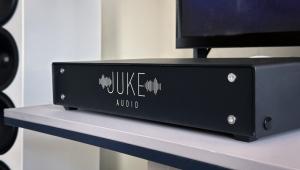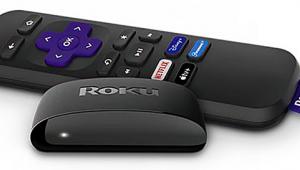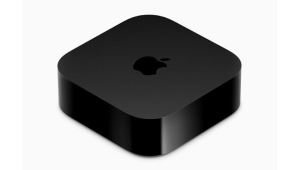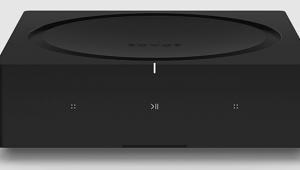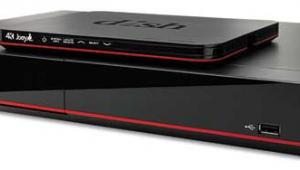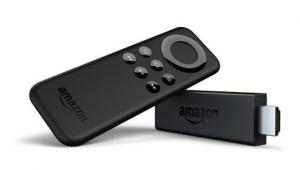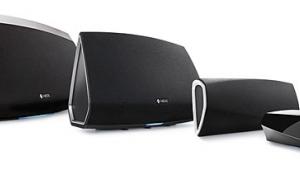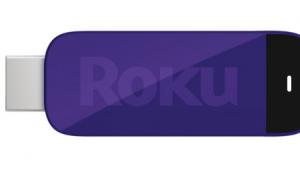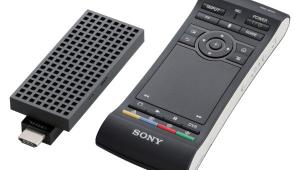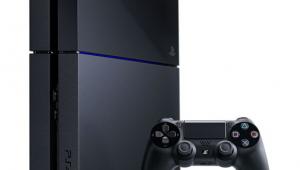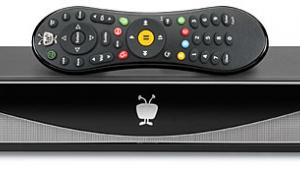Technics SA-C600 Streaming CD Receiver Review

AT A GLANCE
Plus
Stellar performance
Full feature package
Small physical footprint
Killer price
Minus
Small, monochrome display
Modest power rating
THE VERDICT
A small, but technology and feature-rich all-in-one component that delivers large and impressive sound at a fraction of its expected price.
Like many, I've embraced music streaming, but refuse to give up my CDs and LPs. As a result, my stereo system contains multiple components and a thicket of wires. For people who won't tolerate such complexity, Panasonic's Technics has thankfully introduced the SA-C600 streaming CD receiver ($999). This impressively small component features an integrated amplifier, a streamer, a CD player, a phono stage, an FM tuner, and a headphone output.
When Technics offered up a C600 review sample, I noted that despite being jam-packed with features, it would be by far the most inexpensive one-box player that I have reviewed. I was therefore eager to find out whether it could offer anything approaching audiophile sound.
Features
Today, almost all one-box players utilize analog amplifiers, whether Class-AB or the more commonly found Class-D. However, the C600's internal integrated amplifier, which uses Technic's proprietary JENO (Jitter Elimination and Noise-Shaping Optimization) Engine, is fully digital. The company says that, compared to analog amps, their digital integrated amps with JENO can handle high-resolution signals more accurately and are less affected by outside noise. The product literature also asserts that due to the JENO Engine's use of sophisticated anti-jitter technologies, the amplifier doesn't sound "digital" and instead preserves the "soft textures" of analog sources.
All incoming analog signals, including that of a turntable, are converted into 24-bit/192kHz digital streams for processing by the C600's amplifier. Although there's no digital-to-analog conversion performed within the unit, the JENO Engine uses a pulse-width modulation output stage. That stage's filtered data flow directly drives the speakers.
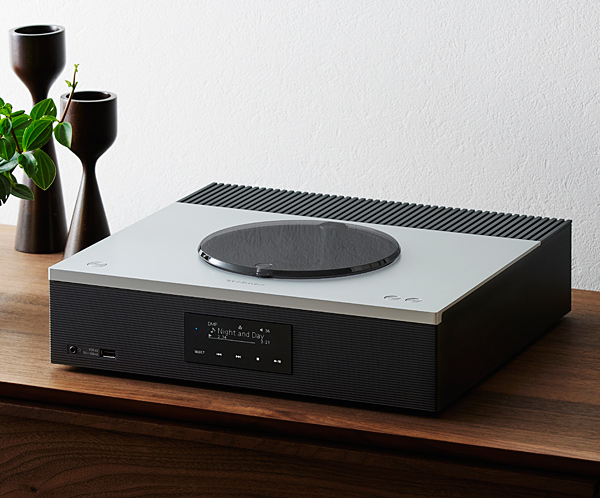
Technics specs the C600's amplifier at 60Wpc into four ohms. Using the more commonly used standard of eight ohms brings a 40Wpc rating. The risk is that some purchasers may think that they are getting a bit more power than they really are. While these numbers are lower than almost all of the C600's (more expensive) competitors, wattage is not a measure of sound quality. According to Technics, due to the many functions performed by the C600, the design of its power supply is crucial. Thus, its amplifier gets a dedicated power supply. A second power supply supports such things as the C600's signal processing, control, and phono stage circuitry.
Setup and control of the C600 can be accomplished via the Technics Audio Center mobile app, although as noted below, a physical remote is provided. Bluetooth and Wi-Fi are built-in, and it supports Google's Chromecast built-in, Spotify Connect, AirPlay 2, and Bluetooth. Supported content services are Amazon Music, Deezer, Spotify, Tidal, internet radio, and podcasts. For nostalgic types, the C600 also contains an old-school FM tuner which allows for the preset of up to 30 radio stations. A mono setting can, when activated, reduce noise and help tune in weak station signals.
The C600 can process PCM signals of up to 32-bits/384kHz and DSD 2.8 MHz, 5.6 MHz, and 11.2 MHz through its USB ports and LAN (DMR). Though, its coaxial and optical inputs pass only PCM signals of up to 24-bit/96kHz. There is a "Re-Master" function, which upsamples certain non-hi-res digital signals. Master Quality Authenticated (MQA) is supported for end-to-end (studio to speaker) hi-res transfer of signals from compatible downloaded digital files, Tidal streams, and CDs.
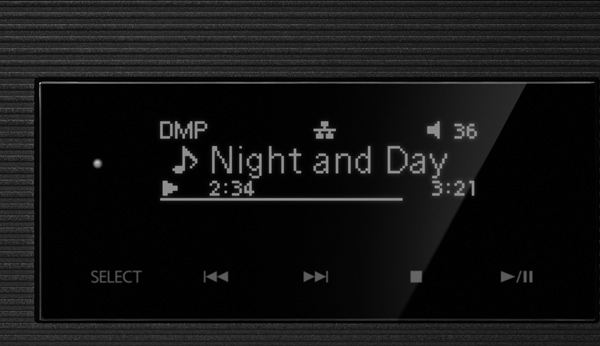
The C600 also contains a top-loading CD player with a cool, manually sliding circular-shaped cover, a shielded phono stage (i.e., phono equalizer in Technics speak), and a headphone output with a 3.5 mm jack.
Also controlled by the Technics Audio Center app is the C600's Space Tune software, which can tailor the sound to the listening room's sonic characteristics. Using the app, the user can select one of four preset location settings—"Free," "Wall," "Corner," and "in a Shelf." To accommodate non-symmetrical room conditions, a separate setting can be assigned to each speaker. Using the microphone in an iOS device such as an iPhone or iPad, there's also the ability to use Space Tune to generate test tones. Based on which how those tones interact in the room, the software adjusts the C600's output curve to optimize the sound.
Looking at the C600's exterior, we begin with its brushed aluminum top plate, which comes in silver or black. On that plate, from left to right, are a standby mode/on button, a round, transparent, sliding, acrylic top cover for the CD player, and volume up and down buttons. In a striking design detail, running horizontally across the plate's entire rear portion is an approximately 3-inch wide heatsink-like strip.
The C600's front chassis panel is black, save for a thin aluminum strip on its top portion that folds over from the top panel. On the lower left portion of the front panel is the headphone jack and a USB-A port for connecting an external USB or Network Attached Storage (NAS) drive. At the center is a roughly 1 5/8" x 3 7/8" panel that contains an LED power indicator, a remote-control signal sensor, and touch-sensitive controls for input selection and playback operation. Also, there is a small, monochrome OLED display that shows the activated input, artist, track, and album title, file type, bit depth, sample rate, playback status, elapsed time, volume level, Wi-Fi status, and the time of day.

Finally, the C600's chassis' rear panel contains an FM antenna terminal, a ground terminal for the unit's phono stage, one pair each of analog, stereo phono, and single-ended RCA input connectors, a USB-B port to connect a computer, a LAN port, one each of coaxial and optical digital inputs for the connection of audio sources such as a DVD player or television, a subwoofer output connector, a stereo set of speaker output terminals that accept banana connectors or bare wire, and an AC power IEC inlet. Although the use of spade connectors with the speaker terminals is also said to be supported, I couldn't find any that were small enough to fit into the terminals. The C600's side panels are black.
The C600 comes with a Technics branded, wand-type, aluminum-faced remote control. While it won't be confused with more robustly constructed remotes that are often found on more expensive gear, it operated without issue during my audition. This remote can be used to access the C600's menu system, which contains settings for, among other things, its tone controls (bass and treble), speaker balance, remaster feature, clock settings, sleep and play timers, auto off energy savings feature, numerous illumination dimmers (e.g., display, power indicator, and CD top cover light), Wi-Fi and LAN settings, and firmware update function.
- Log in or register to post comments


